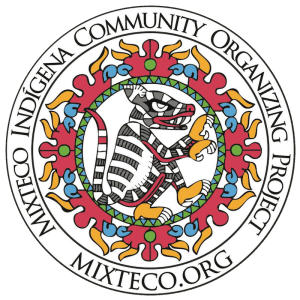
Who is California’s Indigenous Migrant Community?
California is home to an estimated 170,000 indigenous migrants from the Mexican states of Oaxaca, Guerrero, and Michoacán, including Mixtecs, Zapotecs, and Purépechas. These indigenous populations face unique challenges including language barriers, as they often only speak their native pre-Hispanic indigenous languages. They also have deep-rooted and unique cultural practices and beliefs that often create barriers and isolate them from other Latino populations.
Mostly employed in the row crop agricultural sector, indigenous migrants earn meager seasonal wages with few, if any, employee benefits. As a result, they are amongst the poorest workers in the region. Language barriers prevent them from easily accessing available basic health and social support services, as the indigenous languages spoken are tonal and over 3,000 years old. In addition, their immigration status often places them at risk for labor abuses and exploitation. In fear of employer retaliation, indigenous migrant workers often opt for not reporting employer abuses in order to protect themselves and their families from deportation.
